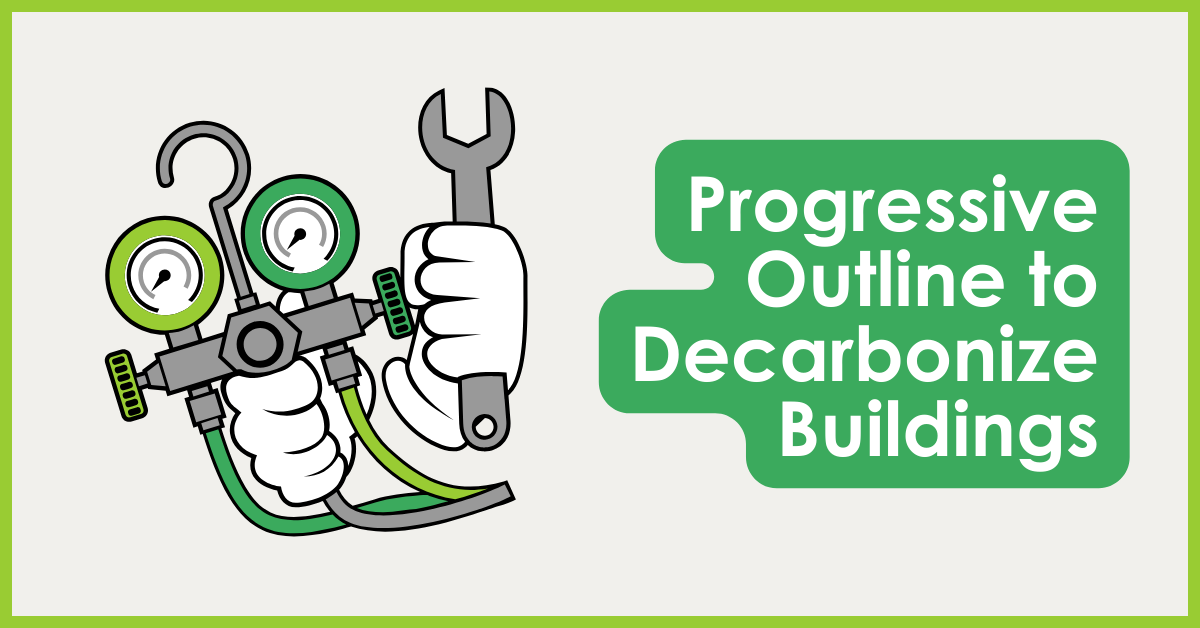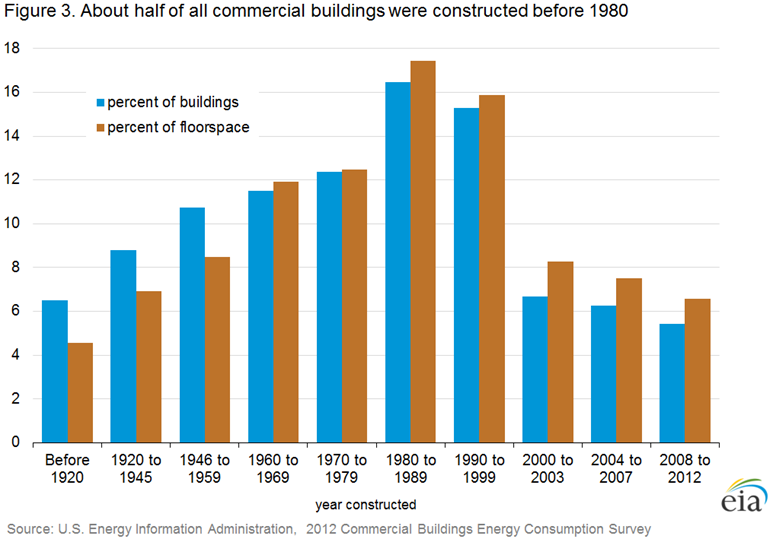
Two weeks ago, I described an array of district heating and cooling plants that serve medical, college, industrial, and even city-scale loads. Last week, I explained options to decarbonize district heating and cooling plants. Those options include converting systems from steam to hot water as equipment reaches the end of its useful life, heat recovery chillers, and, most importantly, energy efficiency in facilities and processes served.
But before getting started on efficiency, I must add that there are also many barriers to shutting down a district steam plant and transitioning to distributed heating and cooling plants. First, there are loads other than space heating in buildings: domestic hot water and cooking are common. Secondly, since steam is the thermal source of energy in served buildings, they have no natural gas to pick up these loads or, the alternative, sufficient electrical service to electrify everything. Third, major renovations are needed to house the distributed heating and cooling plants.
Controls Past and Present
If heating and cooling plants are the backbone of commercial and industrial facilities, controls are the nervous system and, in many, if not most, the first line of attack in reducing energy consumption, costs, and related emissions.
Modern digital control systems (aka building automation systems for commercial buildings or programmable logic controllers for industrial facilities) are necessary to manage energy loads, consumption, and costs. The life of a typical control system is 15-20 years – a function of technological advancement. Imagine getting support for hardware and software for a 15-year-old computer! Smartphones have existed for only 15-20 years.
When I started in this industry 28 years ago, most new control system installations were digital. However, buildings just a few years older than that were constructed with pneumatic controls and actuators. Pneumatic controls were like vinyl LPs compared to iPhones and streaming digital today, except pneumatics won’t return for nostalgia like vinyl records.
Per the Energy Information Administration, buildings representing about 75% of commercial building space in the country were built more than 25 years ago. That means there are a lot of cobbled hybrid systems out there with building sections covered by digital controls, partial digital controls, and maybe even some spaces that are still pneumatic. Back in the day, I witnessed buildings with control systems that were so decrepit that I was amazed they could keep space temperatures within 20 degrees of setpoint.
 Where to Start? Equipment Assessment
Where to Start? Equipment Assessment
Assess the condition and remaining useful life of mechanical equipment, including air handlers, valves, dampers, and the actuators that open and close these devices. We don’t want to put fancy digital controls on rickety equipment. Air handlers may be rated for twenty-year lifetimes but may be good for twice that long. Terminal equipment, like variable air volume boxes, may not. Generally, it makes more sense to replace these smaller items, dampers, actuators, and all, compared to larger air handlers.
Transitioning to Digital
In some cases, like I just saw in one of our strategic energy management projects, it is simply getting control of scheduling to match occupancy: system, temperature, and ventilation schedules – the complex stuff ???? I recommended 28 years ago. There are inexpensive ways to capture these savings without a complete digital conversion. Once systems are fully functioning with digital controls, we can add ventilation control to match the number of bodies in spaces and reset (automatically adjust) water and air temperature and pressure setpoints.
Optimal Sequencing
Once HVAC systems are converted to digital controls and actuators, program the system for optimal performance using something like ASHRAE Guideline 36, High-Performance Sequences of Operation for HVAC Systems, and test/verify (e.g., commission or retro-commission[1]) the system to ensure optimal performance is achieved per intent.
Monitoring-Based Commissioning for the Long Haul
Once functional HVAC equipment and commissioned high-performance sequences are in place, deploy a monitoring-based commissioning (MBCx) platform to optimize and continuously monitor equipment, setpoint, and system performance. These systems immediately notify operators when there is a fault like a damper or a valve position is stuck, the temperature is pegged high or low, a variable speed drive no longer varies, or space conditions are out of specification, which frequently leads to misdiagnoses and waste when inappropriately “fixed.”
Super Summary
As noted in the two previous blog posts, 1) decarbonization of commercial and industrial businesses and facilities must be cost-effective compared to the status quo, and 2) decarbonization includes the reduction or elimination of carbon dioxide emissions from a process such as manufacturing or the production of energy. Therefore, a logical plan of attack at the building level follows this sequence of assessment and action:
Consider:
- Remaining useful equipment life
- Maximum savings for minimum investment
- Replace equipment and systems when it makes sense, considering remaining useful life and deferred maintenance costs
- Progress toward a fully digital controls platform
- Deploy high-performance control sequences
- Commission or retro-commission the sequences
- Deploy a monitoring-based commissioning program
[1] Commissioning is for new digital control systems and retro-commissioning is for systems that are at least a year old.
